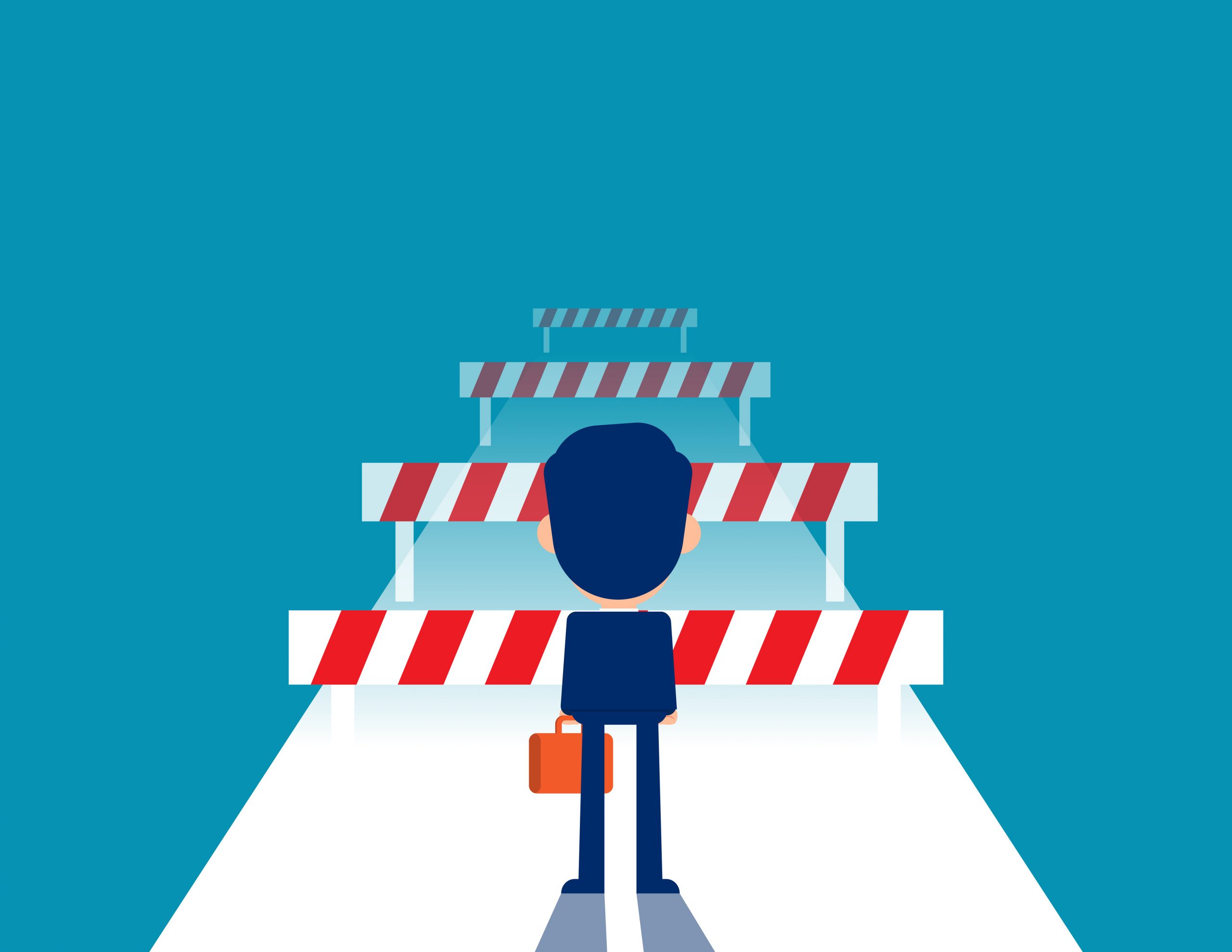
16 Apr Barriers to Access to Mental Health Care Services
The U.S. Department of Health & Human Services reports that mental health treatment needs have increased significantly. One in five adults experiences a mental health concern, and at least one in six youth have experienced clinical depression. Suicide claimed the lives of more than 45,000 Americans in 2020 and is the second leading cause of death for young people ages ten to twenty-four. Yet, despite this need, mental health care remains inaccessible for many. Barriers to treatment result in individuals being unable to participate in life-saving therapy.
Barriers to accessing counseling remain prevalent. However, mental illness can be a challenge to manage independently without intervention from a trained professional. Mental Health America reports that over half (54.7%) of adults with a mental illness do not receive treatment. For the majority of these individuals who go without care, the main barriers to mental health treatment fall into three main areas: financial barriers, lack of qualified mental health professionals, and racial barriers to care.
Financial Barriers to Mental Health Care
According to Mental Health America, 17% (over 7.5 million) of adults with a mental illness remain uninsured. Even for those who are insured, the burden of the copay and frequency of services needed make receiving adequate care prohibitive. Many therapists do not take insurance, making patients pay out of pocket. With the average cost per session ranging from $100 to $200, the annual out-of-pocket cost could run as high as $10,000 for a person requiring weekly sessions.
Lack of Qualified Providers
A second significant barrier to mental health treatment results from a lack of available services caused by a high demand for mental health services and a low supply of professionally trained clinicians. While the U.S. faces an overall workforce shortage, the need for mental health professionals is steeper than in other employment sectors. According to the Health Resources and Services Administration (HRSA), 160 million Americans live in areas that are federally-designated Mental Health Professional Shortage Areas. These deficits are most pronounced in rural areas that often lack any mental healthcare providers. Clinics in more urban areas often have lengthy waiting lists for intake appointments. Immediate access to care is needed for mental health crises or to prevent worsening symptoms. HRSA further estimates that the U.S. needs more than 8,000 mental health practitioners to fill the current gap in services.
Racial Disparities in Mental Health Care
Black, indigenous, and people of color (BIPOC) often experience poor mental health outcomes due to inaccessibility to quality mental health care services, the cultural stigma related to seeking counseling, and lack of providers that meet their needs. The American Counseling Association reports that 86% of psychologists are white, and less than 2% of American Psychological Association members are African American. Culturally competent services help to prevent provider bias and stereotyping. BIPOC individuals are less likely to seek mental health services, even when they are available. This may be partly due to hesitancy to seek care from someone who “does not look like them” and the ethnic and cultural disparities between patients and therapists of different ethnic groups. A research article in 2014 cites that federal commitment to building a more diverse mental health workforce is critical for decreasing disparities in mental health care.
Progress toward reduced stigma in seeking mental health services continues to be made. However, the barriers to access to care can lend vital insights into where policy and healthcare reforms are needed. Leaders, educational and mental health professionals, and lobbyists need to focus resources on demanding changes in insurance coverage and make it easier for BIPOC individuals to receive degrees as mental health professionals.




